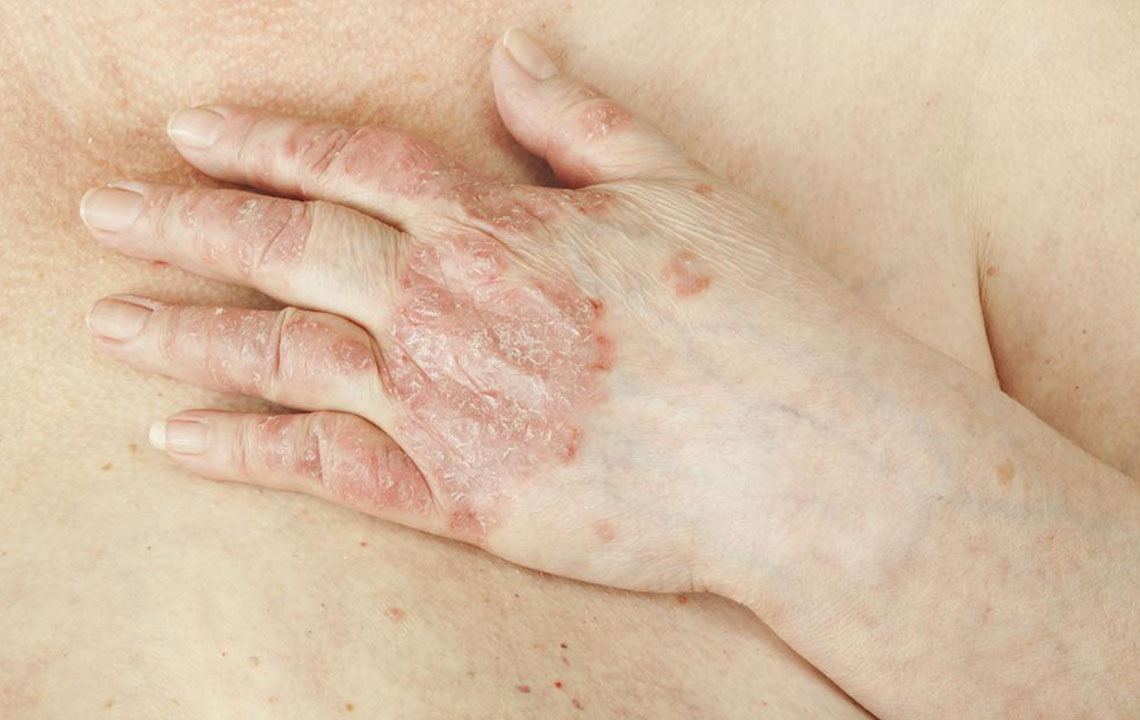Comprehensive Guide to Managing Peyronie’s Disease Effectively
This comprehensive guide offers detailed insights into managing Peyronie’s disease effectively. It covers risk factors, early signs, diagnosis, medical treatments, and lifestyle modifications that support recovery. Early consultation with healthcare professionals is emphasized to prevent progression and improve outcomes, helping patients restore sexual function and confidence.

Effective Strategies for Managing Peyronie’s Disease Post-Diagnosis
Peyronie’s disease is a condition characterized by the development of fibrous scar tissue, known as plaques, inside the penis. These plaques form within the tunica albuginea, the fibrous envelope surrounding the erectile tissue. As a result, the penis may bend or curve during erections, which can lead to discomfort, pain, and psychological distress. Although Peyronie’s disease is not classified as a life-threatening condition, it can significantly impact quality of life, sexual function, and emotional well-being. Early and proactive management is essential to minimize symptoms and improve outcomes.
Understanding Risk Factors for Peyronie’s Disease
Identifying the factors that contribute to the development of Peyronie’s disease can help in prevention and early detection. Common risk factors include trauma or injury to the penis, which could happen during vigorous sexual activity or physical sports. Autoimmune disorders, which cause the immune system to attack the body's tissues, may also play a role. Genetic predisposition can increase susceptibility, with a family history indicating heightened risk. Other contributing factors include certain medications, smoking, excessive alcohol intake, and chronic inflammation. Recognizing these risk factors allows individuals to take preventive measures and seek early medical advice if symptoms appear.
When to Seek Medical Consultation
It is crucial to consult a healthcare provider if you notice any abnormal penile curvature, especially if it worsens over time or causes pain. Additional symptoms such as shortening of the penis, difficulty achieving or maintaining an erection, or pain during sexual activity should prompt a professional evaluation. Anxiety about sexual performance, self-esteem issues, or concerns about worsening condition are valid reasons to seek medical guidance. Early diagnosis can lead to more effective treatment options and prevent complications.
Diagnosis and Assessment of Peyronie’s Disease
A thorough clinical examination is the first step. A healthcare provider, typically a urologist, will assess the degree of curvature, palpate for plaques, and evaluate overall penile health. Imaging techniques such as ultrasound or X-ray may be employed to visualize the extent of scar tissue and rule out other conditions. These diagnostic tools provide detailed information that informs treatment planning. Accurate assessment is vital to determine whether conservative management, medical therapies, or surgical intervention is appropriate.
Available Treatment Options for Peyronie’s Disease
Management strategies vary based on severity, symptoms, and patient preferences. Conservative therapies include oral medications, although their effectiveness is limited; some medications are administered via injections directly into the plaque to soften scar tissue. Penile traction therapy, using devices to stretch the penis gradually, can reduce deformity. Vacuum erection devices help improve blood flow and may ease symptoms. Shockwave therapy, a non-invasive procedure, can promote healing and reduce plaque size. In cases of severe pain or significant deformity, surgical options such as plaque incision, grafting, or penile plication are considered. It is imperative to ensure that any prescribed treatment is FDA-approved and administered by a qualified healthcare professional.
Natural and Lifestyle Approaches to Support Treatment
Lifestyle modifications can play a supportive role in managing Peyronie’s disease. A balanced diet rich in vegetables, fruits, whole grains, and lean proteins enhances overall vascular health. Quitting smoking and limiting alcohol consumption can improve blood flow and tissue repair. Regular physical activity promotes circulation and reduces inflammation. Adequate sleep and stress management contribute to immune system function. Some men find that herbal supplements, like vitamin E, may provide additional support, but these should always be used under medical supervision. Maintaining a healthy lifestyle not only aids in symptom management but also boosts general well-being.
In conclusion, Peyronie’s disease requires a comprehensive approach that combines medical treatment, lifestyle adjustments, and psychological support. Early intervention and consistent management can significantly improve quality of life. If you experience symptoms of penile curvature or discomfort, consult a healthcare professional promptly to explore tailored treatment options and regain confidence in your sexual health.





